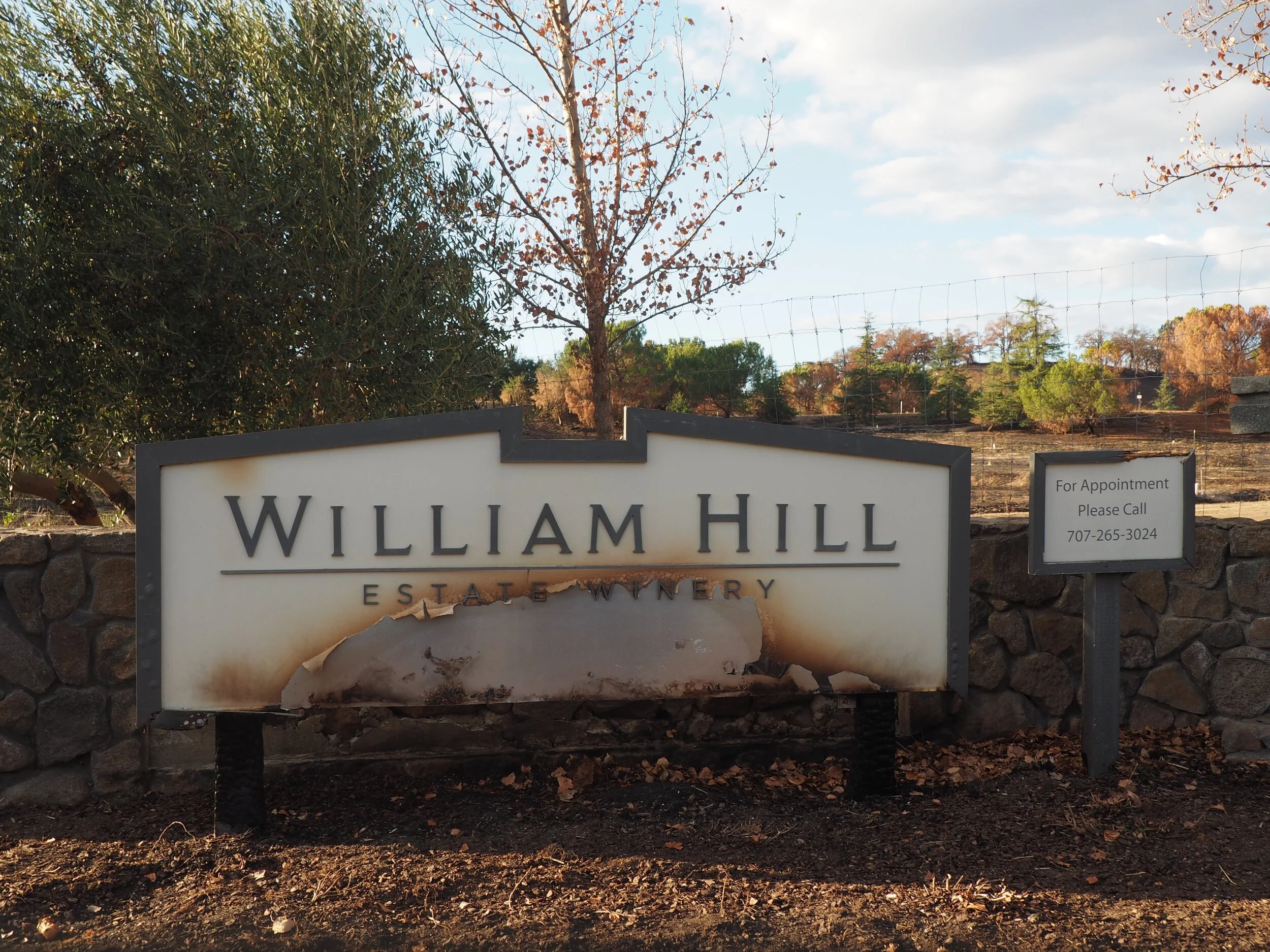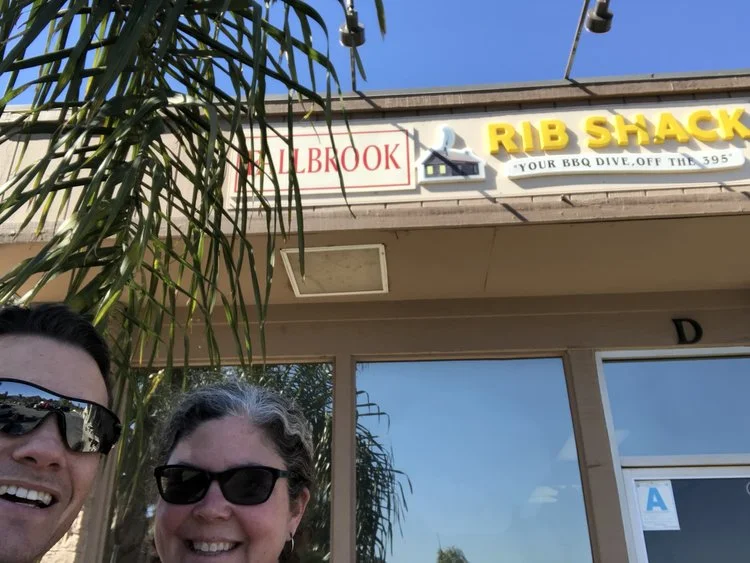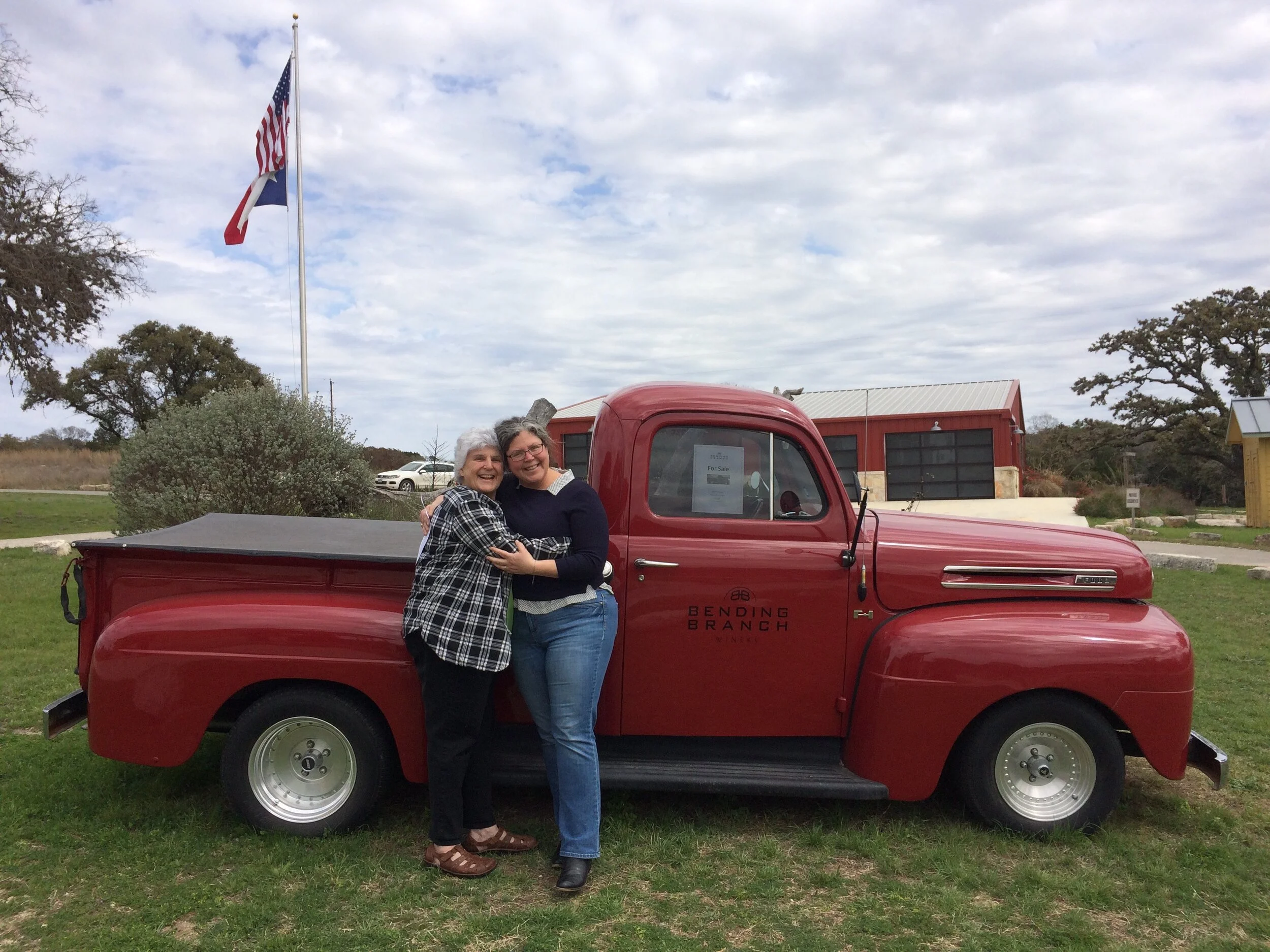A Visit to Napa Valley After the Fires
Note: This post was originally published on the Inside Customer Service blog.
"I didn't know if I'd have a job to go back to."
That's something Sally and I heard over and over from winery employees, restaurant servers, and other customer service professionals we encountered in Napa Valley.
We visited during the first week in November. By then, the multiple wildfires that spread throughout the valley in October had been extinguished. The loss of life and property was terrible.
Now locals faced another potential disaster—job losses.
An estimated 9,000 people lost their jobs due to the October fires throughout Northern California, including Napa Valley. Many are worried that job losses are yet to come as the local economy deals with the aftermath.
My wife and I consistently heard one message while we were in Napa. "We're open for business. Please come to visit."
The view outside Benessere Vineyards, makers of incredible Italian varietal wines. Photo credit: Jeff Toister
What Actually Burned
It's tough to follow a disaster on the news. Print and television media often confused the basic geography of the area when reporting on the fires.
As a result, people I've spoken to from around the country saw coverage of the fires in Napa and Sonoma Counties and assumed everything was burning. In reality, there were multiple fires that were large and devastating, though the majority of Napa Valley emerged unscathed.
That's not to say the damage wasn't extensive.
Lives and homes were lost, which is the most tragic consequence. We saw images like these throughout certain parts of the valley.
Photo credit: Jeff Toister
The hills surrounding parts of the valley were also extensively burned as the fire raged unchecked through the backcountry. For those who haven't visited the area, Napa Valley is quite rural in places.
Photo credit: Jeff Toister
One stroke of luck was the grapevines themselves acted as a natural firebreak. Many wineries were saved when the fire was stopped at the edge of the vineyard. At William Hill Estate Winery, one of our favorites, the signed was burned and the flames crept up to the side of the winery.
Photo credit: Sally Toister
Images like this might discourage you from visiting, though the wine was flowing, the wine room and surrounding garden were still intact, and the hospitality was still warm and friendly.
Even parts of the area that didn't burn were impacted by a thick cloud of ash and smoke that hung over the valley for several days. Some wineries lost grapes not from fire but from the air. Wine made from grapes exposed to smokey air can develop a distinctly unpleasant smoke taste.
Everywhere we looked there were remnants of soot from the fire. Workers at the Soda Canyon Store told us it took them three days to clean the store before they could reopen. I'm happy to report the store is now clean and the sandwiches are as delicious as ever.
The Economic Impact
Sally and I rented a house in downtown Napa for a week-long working vacation.
We secured the rental months earlier. A week or so before our trip we weren't sure if it was still a good idea to go. I emailed the property manager and asked.
She quickly replied and asked us to please come. The house had experienced a number of cancellations during one of the busiest times of the year. Her business, like so many others in the valley, could really use the revenue.
The valley is still sorting out the long-term economic impact of the fires. There will be costs to rebuild houses and businesses as well as replace burned out vehicles.
We consistently heard about cancellations. The upside is we often had personalized tasting experiences like this one at Saintsbury.
Photo credit: Jeff Toister
That was good for us, though not so great for the winery. The Napa Valley Register shared a recent story indicating many wineries have seen the number of visitors decline considerably over this same time last year.
How to Help
The best thing you can do is plan a trip to Napa.
The area is beautiful. Most of the wine and wineries are perfectly fine. The fall can be a special time of year as the leaves on the vines change. Some places are just magical.
Photo credit: Jeff Toister
You can also buy Napa wine if a trip is not in the works. Your local wine shop is sure to have some great selections. You can also buy directly from a favorite winery and have it shipped directly to you.
Finally, consider a donation to the Napa Valley Community Foundation. This is an organization that works closely with other local nonprofits to funnel money to areas where there's the greatest need such as food, shelter, childcare, and transportation.
The area will recover. This is a close-knit community that became even closer in the wake of a disaster. One of our winery hosts told us, "We're farmers. Farmers help each other."
Photo credit: Jeff Toister









